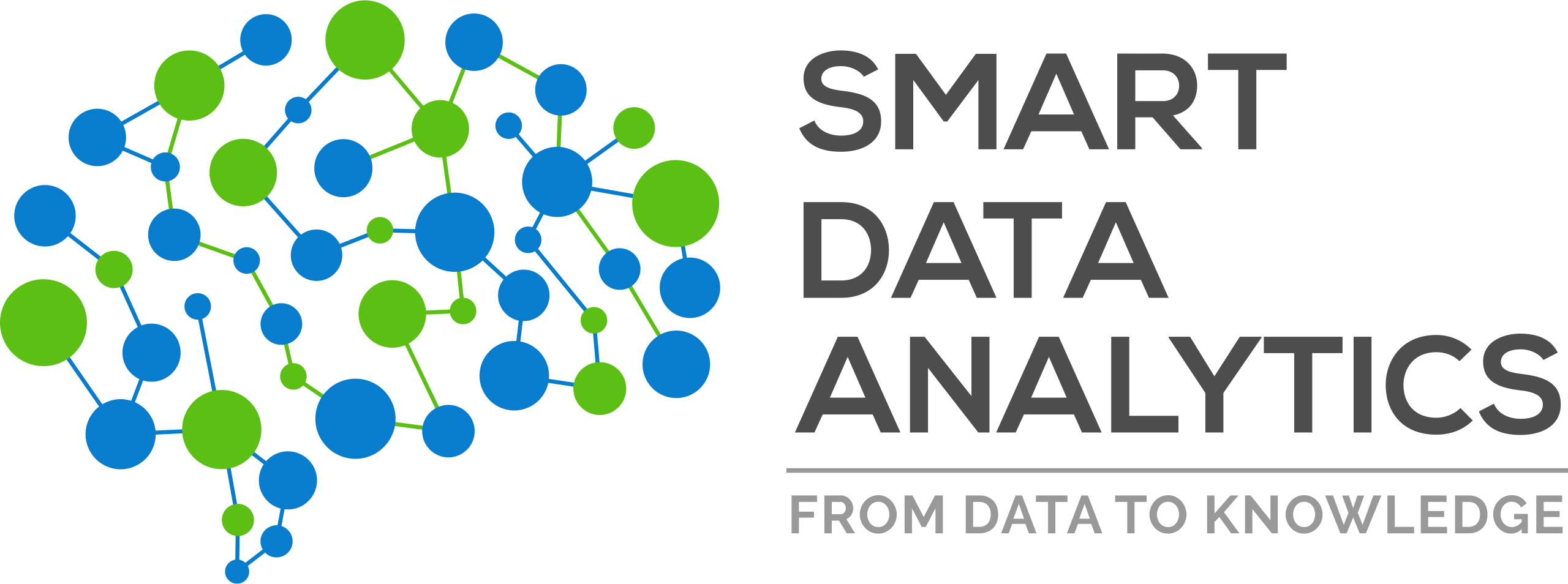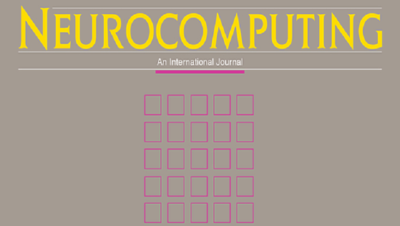We are happy to announce that our paper “Trans4E: Link Prediction on Scholarly Knowledge Graph” has been published in Neurocomputing. Neurocomputing publishes articles describing recent fundamental contributions in the field of neurocomputing. Neurocomputing theory, practice and applications are the essential topics being covered.
Here is the abstract and the link to the paper:
Trans4E: Link Prediction on Scholarly Knowledge Graph
By
Mojtaba Nayyeri,
Gokce Muge Cil,
Sahar Vahdati,
Francesco Osborne,
Mahfuzur Rahman,
Simone Angioni,,
Angelo Salatino,
Diego Reforgiato Recupero,
Nadezhda Vassilyeva,
Enrico Motta and
Jens Lehmann.
Abstract
The incompleteness of Knowledge Graphs (KGs) is a crucial issue affecting the quality of AI-based services. In the scholarly domain, KGs describing research publications typically lack important infor-mation, hindering our ability to analyse and predict research dynamics. In recent years, link prediction approaches based on Knowledge Graph Embedding models became the first aid for this issue. In this work, we present Trans4E, a novel embedding model that is particularly fit for KGs which include N to M relations with N≫M. This is typical for KGs that categorize a large number of entities (e.g., re-search articles, patents, persons) according to a relatively small set of categories. Trans4E was applied on two large-scale knowledge graphs, the Academia/Industry DynAmics (AIDA) and Microsoft Academic Graph (MAG), for completing the information about Fields of Study (e.g., ’neural networks’,’machine learning’, ’artificial intelligence’), and affiliation types (e.g., ’education’, ’company’, ’gov-ernment’), improving the scope and accuracy of the resulting data. We evaluated our approach against alternative solutions on AIDA, MAG, and four other benchmarks (FB15k, FB15k-237, WN18, and WN18RR). Trans4E outperforms the other models when using low embedding dimensions and obtains competitive results in high dimensions.

